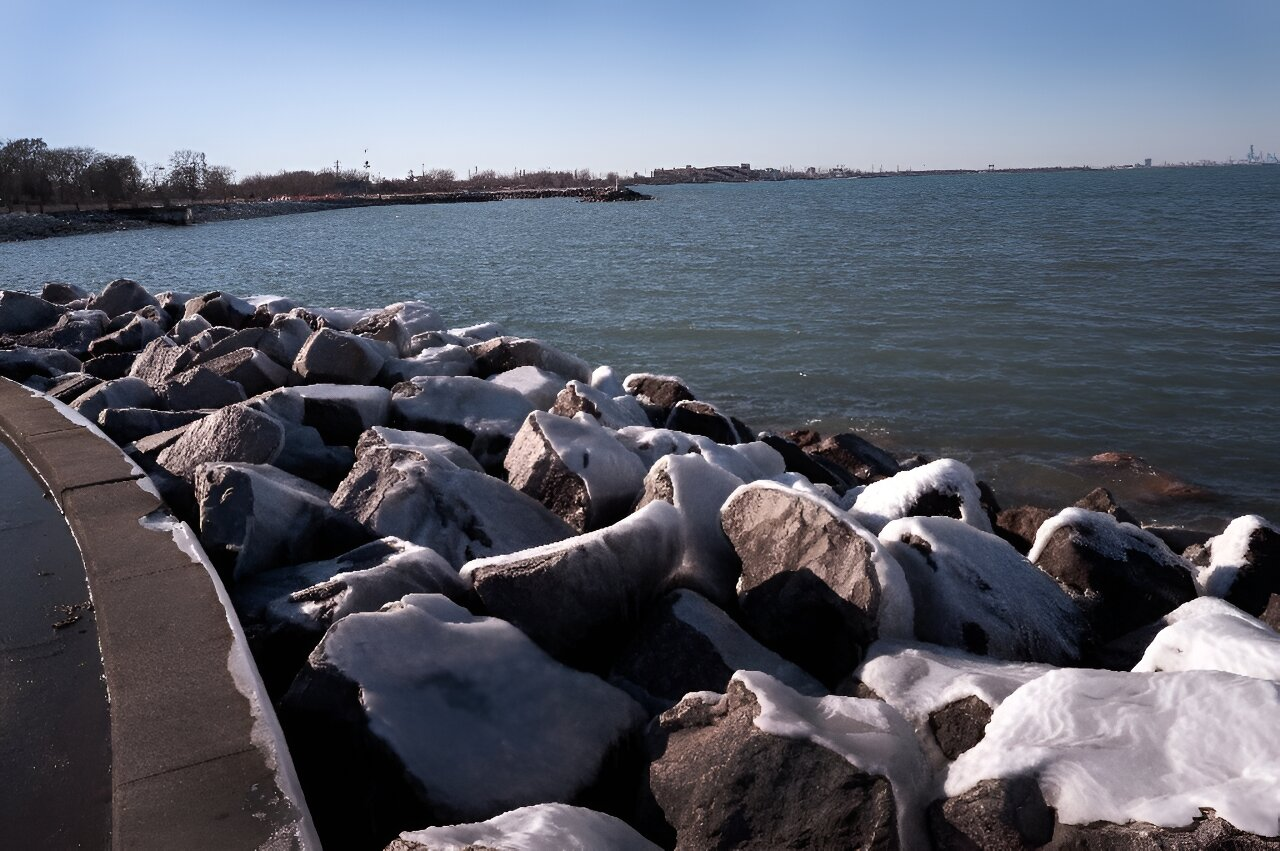 Climate scientists today are pretty much unanimous in their conviction that higher concentrations of carbon dioxide in the atmosphere cause higher temperatures. But who was the first person to discover the connection between CO2 and a warming planet?
Climate scientists today are pretty much unanimous in their conviction that higher concentrations of carbon dioxide in the atmosphere cause higher temperatures. But who was the first person to discover the connection between CO2 and a warming planet?
At the American Association for the Advancement of Science (AAAS) conference in 1856, a paper detailing experiments on the effects that carbon dioxide had on air temperatures, Circumstances Affecting the Heat of the Sun’s Rays, was presented by John Henry of the Smithsonian Institution. But Henry had not written the paper, nor conducted the experiments described in it. The author was Eunice Newton Foote, a suffragist, amateur scientist and distant relative of Isaac Newton, who theorized that changing the proportions of CO2 in the atmosphere would change its ability to retain heat.
Born as Eunice Newton on July 17, 1819, Eunice Newton Foote was, in addition to her work as an amateur scientist, a portrait and landscape painter who lived most of her life in New York State. She received her education at the Troy Female Seminary and married judge and mathematician Elisha Foote in 1841. She was one of the signatories of the Declaration of Sentiments at the Seneca Falls Convention, the first convention for women’s rights in the US in 1848, and was close friend of suffragist Elizabeth Cady Stanton.
In the 1850s, she conducted a series of experiments that demonstrated the interactions of sunlight on different gases. She used an air pump, four mercury-in-glass thermometers, and two glass cylinders. She placed two thermometers in each cylinder, then by using the air pump, she evacuated the air from one cylinder and compressed it in the other. Allowing both cylinders to reach the same temperature, she placed the cylinders in the sunlight to measure temperature variance once heated and under different moisture conditions. She performed this experiment on carbon dioxide (CO2), air, and hydrogen.
Of the gases she tested, Foote discovered that CO2 trapped the most heat, reaching a temperature of 125 °F (52 °C). She concluded: “The receiver containing this gas became itself much heated—very sensibly more so than the other—and on being removed [from the Sun], it was many times as long in cooling. Looking to the history of the Earth, Foote theorized that “An atmosphere of that gas would give to our earth a high temperature; and if, as some suppose, at one period of its history, the air had mixed with it a larger proportion than at present, an increased temperature from its own action, as well as from increased weight, must have necessarily resulted.”
She wrote her paper on these findings in 1856 and submitted it to the AAAS, which accepted it and published it under her name later that year. It is not known why she did not present the paper to the AAAS conference, since at least in principle women were allowed to do so. In any case, when John Tyndall, often cited as the father of climate science, published his own paper three years later, he made no mention of Foote’s work, possibly because he was unaware of it.
Foote was also an inventor who developed a paper-making machine and received a patent for a “filling for soles of boots and shoes” to reduce squeaking. During the 19th century, 16 physics papers were published by American women; of which two—both written by Foote—were published before 1889.
Eunice Newton Foote died on September 30, 1888 and is buried in Brooklyn’s Green Wood Cemetery.
You can read more about her life and work on Wikipedia here.

